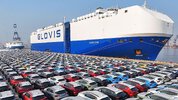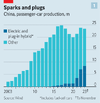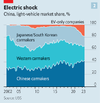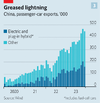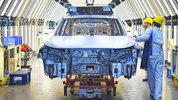- Joined
- 28 May 2020
- Posts
- 6,997
- Reactions
- 13,550
So how difficult is it to really put the boot into the pedal when wearing a knee brace?My 48 y.o. son with his 1956 V8 Chev and yours truly with my most favourite car ever (nearly 70 years of car ownership). Even a busted knee cap couldn't stop me from enjoying the later drag. I won't brag any further.
Mick


